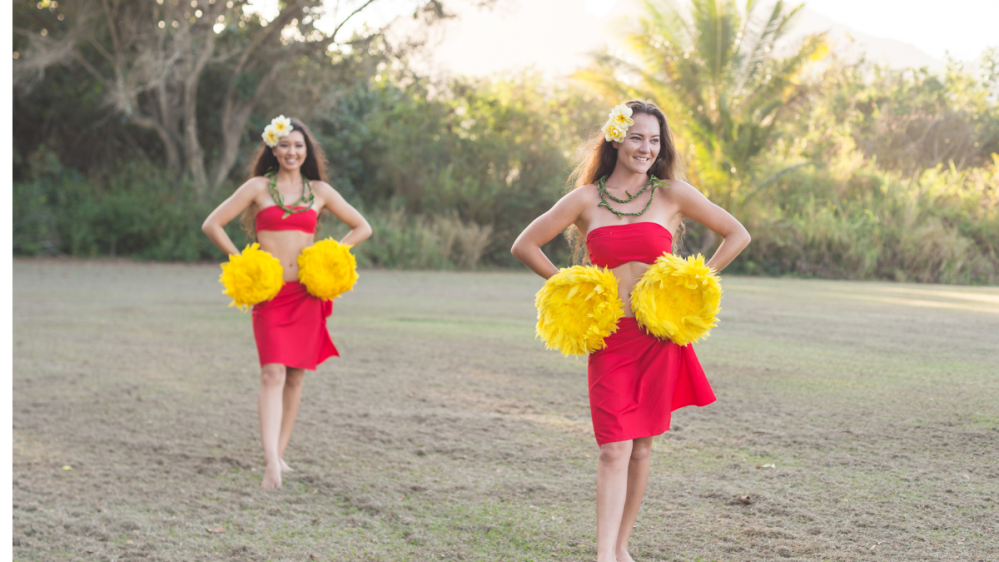The History of Hula

Hula is an essential part of Hawaiian culture. The Hawaiian islands are the birthplace of this expressive cultural practice. Hula tells a story through movement, but the history of hula is its own story.

Origins of the Dance
Hula developed as a religious practice to entertain lay people and chiefs. There are two aspects to the practice: the chant, or song, and the dance.
Each specialized movement in the dance offers an interpretation of the chant. These arm, hip, and leg movements comprise a language.
Where did Hula Originate?
We can’t know for sure where in Hawaii hula dancing first started. Several specific islands make this claim. However, the truth is lost to history.
What we can glean from these myths is the important ways that the history of hula has contributed to the cultural fabric of the islands. This physical mode of expression is uniquely Hawaiian.
The History of Hula and James Cook
Western contact began in 1778, when James Cook first visited Hawaii. Records show that his crew witnessed both male and female hula dancers, and provide a glimpse into what hula was like before Western influences such as woven fabric arrived on the islands.
Hula Dancing in Decline
Hula practice recorded cultural origin myths and connected the people to the place— from the peaceful beaches, to volcanic heights. Local practices varied based on the specific legends of the area.
The history of hula dancing is also a story of suppression. Western missionaries frowned on hula dancing. Hula schools still continued, but hula dancing became a more underground activity until 1874, when it was once again performed at public ceremonies.
Eventually, hula dance began to be seen as a tourist attraction which would draw visitors to the islands. The integrity of the dance began to change, and storytelling gave way to showmanship and stereotypes.

In Search of Authentic Hula
In the 1960s and 1970s, a Hawaiian Renaissance began to promote more accurate cultural expressions from within the history of hula.
Instead of creating a combination of Polynesian cultural symbols, historians and native Hawaiians sought to revitalize kahiko— or traditional hula dance.
While it’s important to celebrate contemporary hula as it has changed throughout the ages, there is also tremendous value in the cultural origins of this sacred practice.
